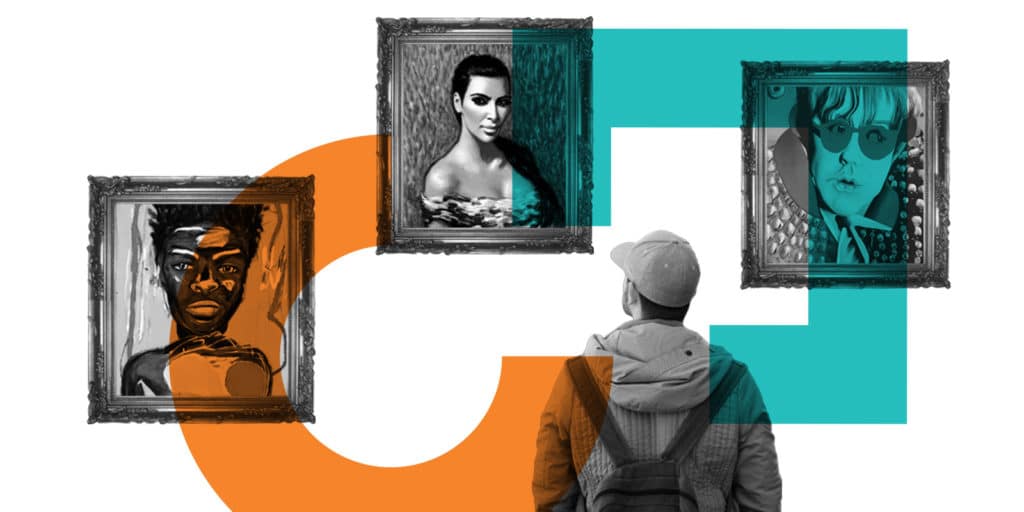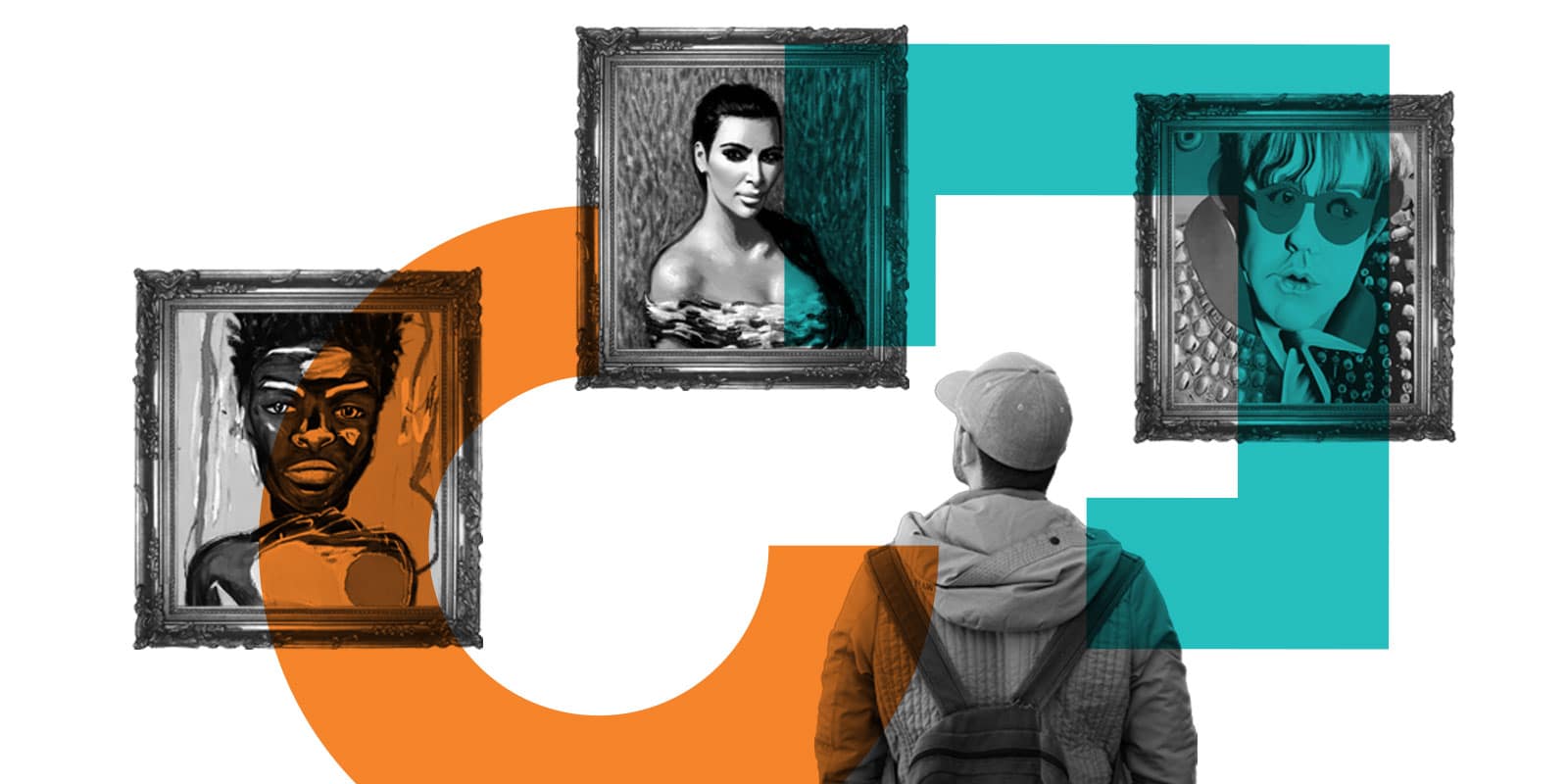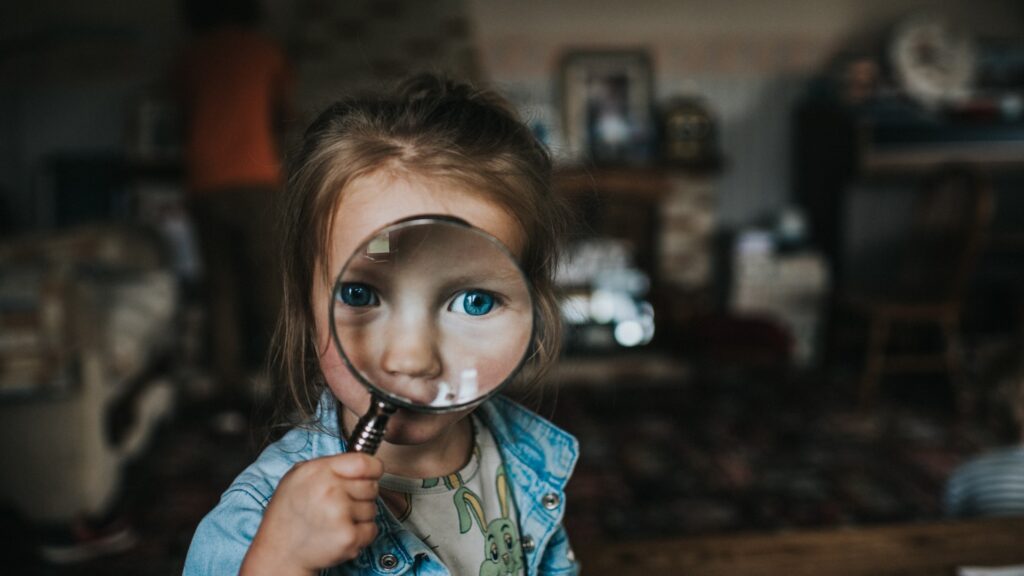Growth Trends 2023: Everyone’s an artist with Generative AI

By Rozzi Merrington, Head of Innovation
Although the term ‘generative artificial intelligence’ (AI) is relatively new, most of us will have come across one of its applications in 2017 when ‘deep fakes’ started spreading across the internet. Generative AI uses AI and machine learning to create new digital content (such as text, video, audio and imagery) with little need for human intervention; beyond a starting input such as a key word or instruction.
Game-changing new generative AI tools like Dalle-2, Midjourney and Stable Diffusion all launched last year, offering easily available low-cost ways to generate believably real or consciously stylised content in seconds. Meanwhile, start-ups in this space have been closing successful funding rounds as Silicon Valley starts to take notice of the disruptive potential of this technology.
Hyper-realistic digital avatars from companies such as Soul Machines and Synthesia are becoming more common, while the fight to dominate the AI voice market is being hard-fought by start-ups and big players like Baidu, Microsoft and Amazon alike.
In the second half of 2022, we saw tech giants getting even more involved. In September, Meta announced its “Make-a-Video” programme, which can generate videos using AI, and Google matched them recently by announcing Phenaki; a programme that supports text-to-video generation.
Now, we’re starting to see that Generative AI is entering mainstream business operations, offering innovative new ways for brands to deploy highquality, cost-effective, optimised and personalised content at scale.
- By 2025 it is estimated that 10% of all data produced, and 30% of all outbound marketing messages from large brands, will be from Generative AI (Gartner 2022.) AI image generator Craiyon, for example, launched in July 2021 and is now generating 10 million images a day.
- Up to half of marketers are using AI in some way already (Gartner, 2022.) AI is making such a huge impact that global spending on it is expected to grow from $50 billion in 2020, to over $110 billion in 2024. The worldwide generative media market is expected to reach almost $398 million by 2025.
- Generative AI is offering significant time and cost savings for brands and agencies. It costs around $0.03 to generate an AI image using Open AI-driven tool Dalle-2 in a matter of seconds. Most stock imagery will set you back 10 to 100 times that.
Generative AI is beginning to facilitate new modes of thinking and creative agility. Behind the scenes, many creatives are leveraging AI tools to supplement their creative process, using image generators to fuel brainstorms or find that perfect presentation asset, faster than ever before.
Some pioneering brands are developing full product offerings based around the technology. Siemens, for example, released an AI-based web app to help users discover better system architectures. Microsoft’s new product leverages similar capabilities to help non-professionals write code using natural language. Other businesses such as Nestle, PepsiCo and Unilever are finding applications for the technology in marketing and content production. AI-generated imagery, text, audio and videos are beginning to show up in branded content, services and campaigns.
To support their Self-Esteem project, Dove recently used deep fakes to illustrate the harmful impact of social media on self-esteem. They created avatars of mums who spoke directly to their daughters; parroting the toxic beauty advice so often consumed via social media.
Meanwhile, in collaboration with Wavemaker, the Department of Health and Social Care rolled out their first synthetic voice this year. Their Breastfeeding Friend voice-activated support tool helps new mums with advice. The featured AI voice allows content to be added and updated in real time and pushed out across audio-enabled digital touchpoints.
From headlines, scripts and SEO copy to full-blown synthetic voices and speaking avatar videos, generative AI can generate new and usable content without the need for high production costs or long lead times. Even more excitingly for international brands, the technology also powers translation and format adaption, opening up huge opportunities for scale. Invest in a custom brand avatar or voice and you can instantly generate content across multiple languages at the touch of a button. Got a video or image asset you like? Now you can create endless variants and formats in a matter of moments.
The growth opportunity:
Generative AI is not only helping brands to create compelling content, it’s driving cost and time efficiencies in the creative production process too. Studio fees can be limited, and production times can be cut from weeks to days or even hours. In a fast-changing world, this level of creative agility and reduced time to market could be a game-changer for brands looking to maintain relevance.
One of the most promising applications of this tech, however, comes not just in the form of resource saving, but in the opportunities for hyper personalisation that it will deliver. ‘Generative ads’ offer the chance for brands to dynamically match limitless versions and formats of AI-generated content with data and targeting signals. This will deliver the holy grail for marketers: cost-effective, high-quality, highly personalised, scalable and optimised messaging to every unique individual.
We saw this with Cadbury India’s award-winning work, which used AI video and voice synthesis to realistically dub over the talent to serve millions of video variants matched to a user’s location. Conceivably, brands could be facing a future where each digital touchpoint they serve to a consumer (be that an ad, a website or a product listing) has been automatically customised using generative AI to suit their exacting needs and signals.
From impactful content to frictionless customer experiences, Generative AI is already starting to change the advertising landscape and brands that start testing the tools and capabilities now will be well set up for future growth.
3 things to do today…
Review your assets, costs, timelines and personalisation strategy.
Look for pain points and opportunities to innovate. Anywhere across the business where content is produced and scaled could be an untapped opportunity for generative AI to support. Build a test and learn roadmap to start assessing the value of then tech for your brand.
Consider what your brand persona will sound and look like in the emerging digital future.
More than ever, this technology is forcing brands to consider the question ‘what will my brand persona look and sound like’ in the future? Wavemaker’s Voicemaker research methodology helps brands determine the right voice profile against their brand character. Answering these questions now will help guide investments in this space.
Remain conscious of the risks and responsibilities.
Although many tools provide solutions for issues of legal ownership, as with all AI, there is risk for bias to creep in. AI tools are informed by pre-existing data so human sense checks are needed to ensure representation and avoid harm. When using human-like images, transparency from brands is key to avoid perpetuating already well-documented harms associated with all-too-perfect images of our bodies.
Fill in your details below to download a full copy of the 2023 Growth Trends report.











